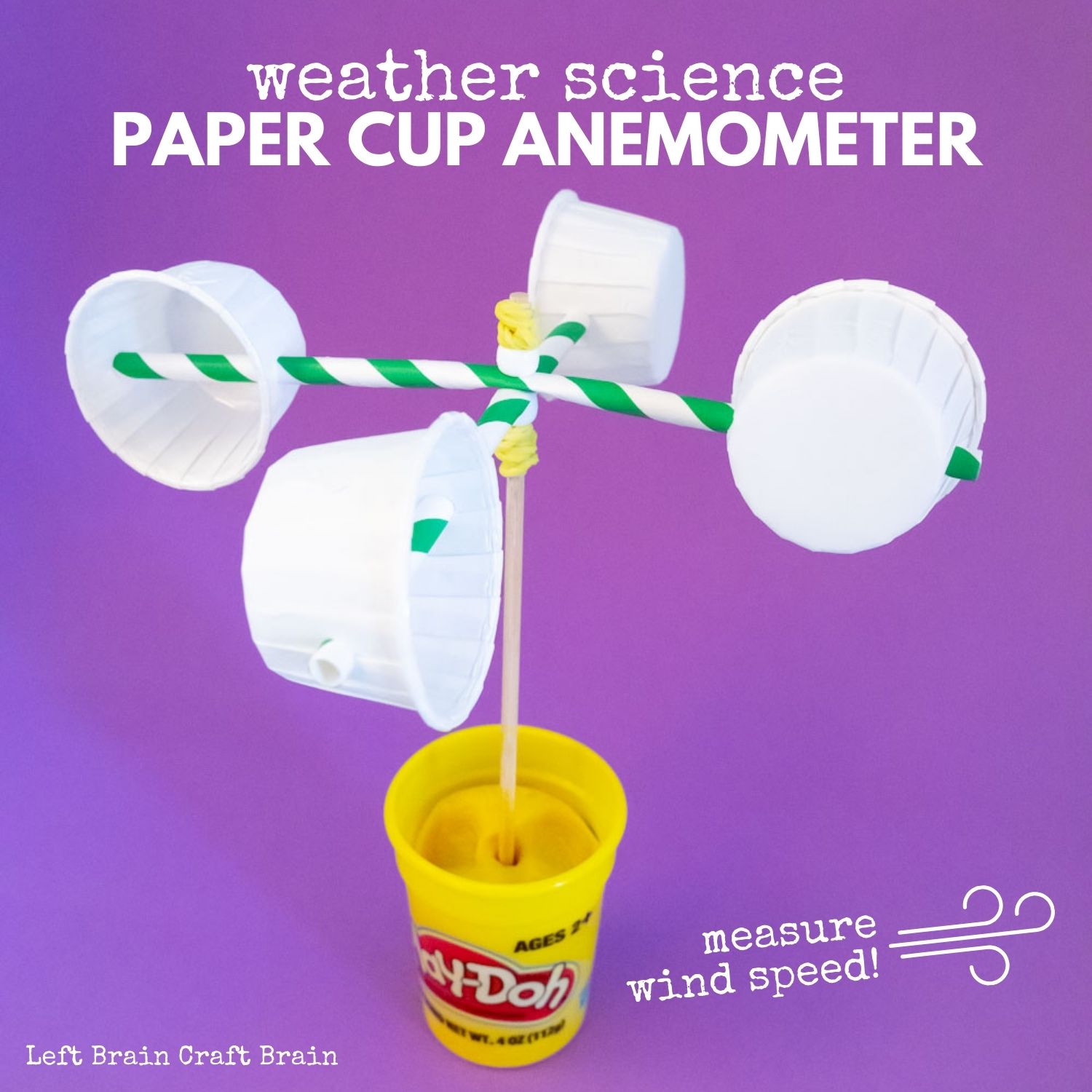Why an Anemometer is Important for Your Environmental Information Collection
Why an Anemometer is Important for Your Environmental Information Collection
Blog Article
Anemometers Revealed: Comprehending Their Value in Environmental Monitoring and Precaution
The function of anemometers in ecological monitoring and safety measures is typically undervalued, yet their importance is indisputable. These instruments have a lengthy background rooted in clinical query and technological advancements, evolving to come to be necessary devices in different fields. From meteorology to aviation safety, anemometers play a crucial duty in giving precise data that educates decision-making procedures and enhances overall safety and security. Comprehending the complexities of anemometers unveils a globe of critical understandings that are essential to our understanding of the atmosphere and the steps we require to make sure security.
Background of Anemometers
The evolution of anemometers can be traced back to the old civilizations where primary wind measuring gadgets were initial utilized. One of the earliest known anemometers was the hemispherical cup anemometer developed by Leon Battista Alberti in the 15th century.
In the 18th century, the renowned scientist John Thomas Romney Robinson presented the Robinson anemometer, which included 4 hemispherical mugs mounted on horizontal arms that expanded from a central axis. This style came to be a standard in meteorological dimensions due to its accuracy and reliability. Throughout the years, developments in innovation brought about the development of more contemporary anemometers, including ultrasonic anemometers and laser Doppler anemometers, supplying boosted accuracy and performance in gauging wind rate and instructions. The background of anemometers showcases an impressive trip of technology and progress in the field of meteorology.
Kinds of Anemometers
Throughout the area of meteorology, numerous types of anemometers have been created to precisely measure wind rate and direction. Sonic anemometers utilize ultrasonic signals to measure wind rate and direction precisely. Hot-wire anemometers operate based on the concept that the cooling effect of wind on a warmed wire is symmetrical to the wind speed.
Applications in Meteorology
Having actually discussed the different kinds of anemometers utilized in weather forecasting for gauging wind speed and instructions, it is important to explore their functional applications in the area. Anemometers play an essential function in meteorology by supplying real-time and exact information on wind problems (anemometer). Meteorologists make use of anemometers to monitor wind rate and instructions to anticipate climate patterns, concern cautions for extreme climate occasions like hurricanes, hurricanes, and storms, and analyze climatic problems for air travel security
In meteorology, anemometers help in understanding local and regional wind patterns, which are vital for predicting climate modifications and determining climatic fads. These tools are likewise click for info utilized in research to research microclimates, city warm islands, and air pollution dispersion. Additionally, anemometers are used in farming to optimize plant monitoring techniques, such as watering and pesticide application, based on wind conditions.
Relevance in Aviation Safety And Security
An important facet of making sure aviation safety and security hinges on the careful surveillance of wind conditions using anemometers. Anemometers play an important role in aeronautics by supplying real-time data on wind speed and instructions, aiding pilots in making educated decisions throughout take-off, touchdown, and trip. Unpredictable and solid winds can significantly affect airplane operations, making it necessary for aviation authorities to depend on accurate wind measurements to make certain the security of passengers and team.

In the vibrant atmosphere of aviation, where also minor changes in wind speed and instructions can have extensive impacts, anemometers stand as indispensable devices for advertising safe and safe flight.
Duty in Environmental Study
Exactly how do anemometers add to developments in ecological research study? Anemometers play an important duty in environmental research by supplying essential data on wind rate and instructions. This information is important for recognizing various this content atmospheric processes, such as air contamination diffusion, weather patterns, and climate modification. By properly gauging wind characteristics, anemometers assist researchers examine the activity of toxins in the air, examine the effect of commercial exhausts, and forecast the spread of contaminants in the environment.


Conclusion
In final thought, anemometers have played a crucial duty in ecological tracking and safety actions. Understanding the value of anemometers is necessary for precisely measuring wind speed and direction, which is essential for anticipating weather patterns, ensuring risk-free aeronautics procedures, and performing ecological research studies.
One of the earliest recognized anemometers was the hemispherical cup anemometer developed by Leon Battista Alberti in the 15th century. Over the years, developments in modern technology led to the development of even more modern anemometers, consisting of ultrasonic anemometers and laser Doppler anemometers, offering boosted accuracy and effectiveness in gauging wind speed and direction. Hot-wire anemometers run based on the principle that the cooling result of wind on a warmed cable is symmetrical to the wind rate. Meteorologists utilize anemometers to check wind speed and direction to anticipate climate patterns, issue warnings for extreme weather events like tornadoes, cyclones, and discover this info here storms, and evaluate climatic problems for aeronautics safety and security.
Understanding the importance of anemometers is crucial for accurately measuring wind speed and direction, which is important for anticipating climate patterns, ensuring safe aviation operations, and carrying out environmental research studies. (anemometer)
Report this page